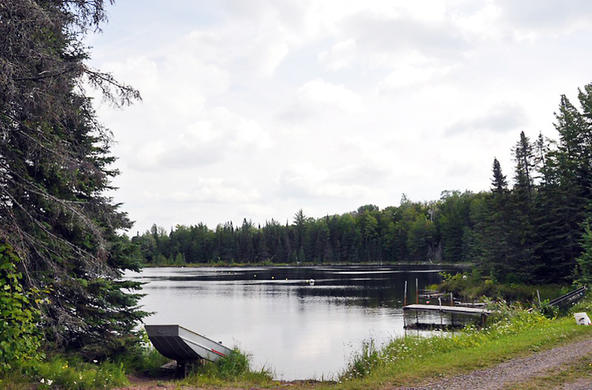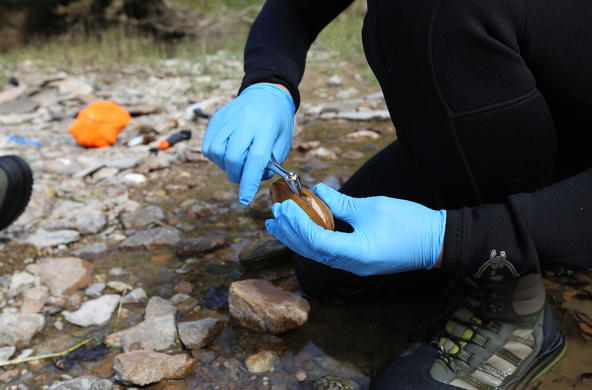The Cary Institute's ecological expertise extends beyond the Northeast, with our scientists tackling environmental problems far afield. As part of her ongoing work to assess how human activity affects freshwater resources, aquatic ecologist Emma Rosi-Marshall spent this past summer studying nutrient cycling in large western rivers.
Tributaries deliver nitrogen and other nutrients into large rivers, which were long assumed to transport nutrients down to saltwater gulfs, like large pipes. But Rosi-Marshall and colleagues are finding that large rivers retain nutrients, and their field work focuses on measuring how large rivers use these nutrients.
With a team of 16 scientists, technicians, and students, Rosi-Marshall performed experiments by day and camped by night at one site in Wyoming (the North Platte River) and four sites in Utah (the Bear River, the Colorado River at Moab, the Green River at the Ouray Northern Wildlife Refuge, and the Green River at Desolation & Gray Canyons).
Last summer, the team focused on Midwestern rivers, which generally carry higher nutrient levels due to agricultural and wastewater runoff. Gathering data from rivers in different regions that are affected by different human impacts will allow the team to provide a better understanding of how the continent’s major waterways process nutrients.






